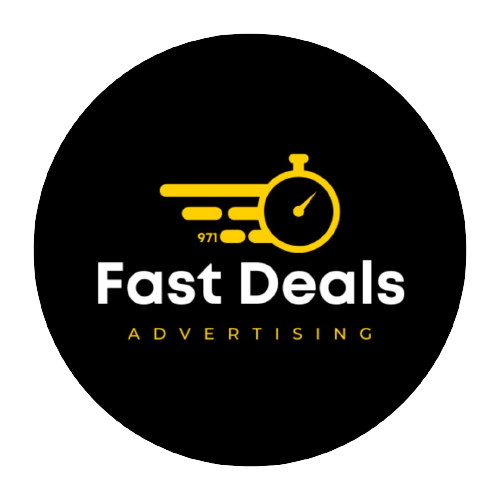Influencer Ads and Sponsored Posts are two popular forms of digital advertising, particularly on social media, but they each have distinct characteristics and purposes. Here’s a breakdown of how they differ and which might be more effective for different marketing goals:
1. Influencer Ads
What They Are:
Influencer ads typically involve a brand partnering with an influencer (a person with a significant following on platforms like Instagram, YouTube, TikTok, etc.) to promote its product or service in a way that feels organic and authentic. These ads are often integrated directly into the influencer’s regular content, and the influencer usually creates the content themselves.
Key Features:
- Authenticity: Influencers create content in their own style, making the promotion feel more personal and organic.
- Content Control: The influencer generally has more creative control, which makes the content appear more genuine to their audience.
- Influencer’s Voice: The influencer is often seen as a trusted source, and their endorsement feels more like a personal recommendation.
Examples:
- A beauty influencer showcasing a skincare routine with a brand’s products in a tutorial video.
- A fitness influencer sharing their workout while wearing or using a certain brand’s gear or supplements.
Why It Works:
- Trust and Authority: Influencers build a strong relationship with their audience, so when they promote something, it feels more like a personal recommendation than an advertisement.
- Engagement: Influencers can often generate higher engagement rates because their followers are more likely to trust their opinion.
- Targeted Reach: Brands can access niche audiences that align with their product or service.
Challenges:
- Less Control: Brands have limited control over how the influencer presents the product.
- Cost: Collaborating with top-tier influencers can be expensive.
2. Sponsored Posts
What They Are:
A sponsored post is an advertisement that is paid for by a brand, and it typically appears on a social media platform as a regular post, but with a “sponsored” label. These posts are usually created and controlled by the brand or its marketing team, not the influencer or content creator.
Key Features:
- Brand Control: The brand controls the messaging, creative, and the visual style of the content.
- Targeted Ads: Sponsored posts often utilize the platform’s targeting features (e.g., Facebook’s audience targeting) to ensure the ad reaches the right audience.
- Native Advertising: Sponsored posts look like regular content on a platform but are marked as “sponsored” or “promoted.”
Examples:
- A fashion brand posting an ad on Instagram showcasing its new clothing line with a clear call to action (CTA) like “Swipe up to shop.”
- A food company sharing a photo of its product with a discount code or special offer on Facebook.
Why It Works:
- Full Control: Brands have full control over the messaging, design, and CTA, ensuring the ad aligns with their marketing goals.
- Wider Reach: Sponsored posts can reach a larger audience, especially if the platform’s targeting features are used effectively.
- Trackable: Since sponsored posts are usually paid ads, it’s easy to track their performance (e.g., impressions, clicks, conversions).
Challenges:
- Less Authentic: Sponsored posts are often seen as more promotional, which can lead to lower engagement compared to influencer ads.
- Ad Fatigue: Users may become desensitized to sponsored posts over time, reducing their effectiveness.
Key Differences Between Influencer Ads and Sponsored Posts
| Aspect | Influencer Ads | Sponsored Posts |
|---|---|---|
| Creator | Influencer or content creator | Brand or marketing team |
| Content Style | Organic, personal, often part of regular content | Promotional, polished, and structured |
| Brand Control | Limited control, influencer drives content | Full control over messaging and creative |
| Targeting | Depends on the influencer’s audience | Often uses platform’s targeting features |
| Authenticity | Feels like a personal recommendation | May feel more like an advertisement |
| Cost | Can be expensive, especially with top influencers | Varies, but generally more affordable for smaller-scale campaigns |
| Engagement | High, as it feels more authentic and native | Moderate, can depend on how engaging the ad is |
| Best For | Building trust, niche marketing, influencer-driven content | Broad reach, clear brand messaging, conversions |
Which Is Best for Your Brand?
Use Influencer Ads When:
- You want to leverage trust and authenticity to drive conversions.
- You need to reach a niche or specific audience that aligns with the influencer’s following.
- Your brand’s products/services benefit from a more organic, personal presentation.
- You’re looking for creative, engaging content that resonates with followers.
Use Sponsored Posts When:
- You want full control over your messaging and creative.
- You need to reach a larger, broader audience and are using the platform’s targeting tools.
- Your goal is to drive direct actions, such as conversions, with a clear call-to-action (CTA).
- You’re looking for trackable performance metrics to measure ROI.
